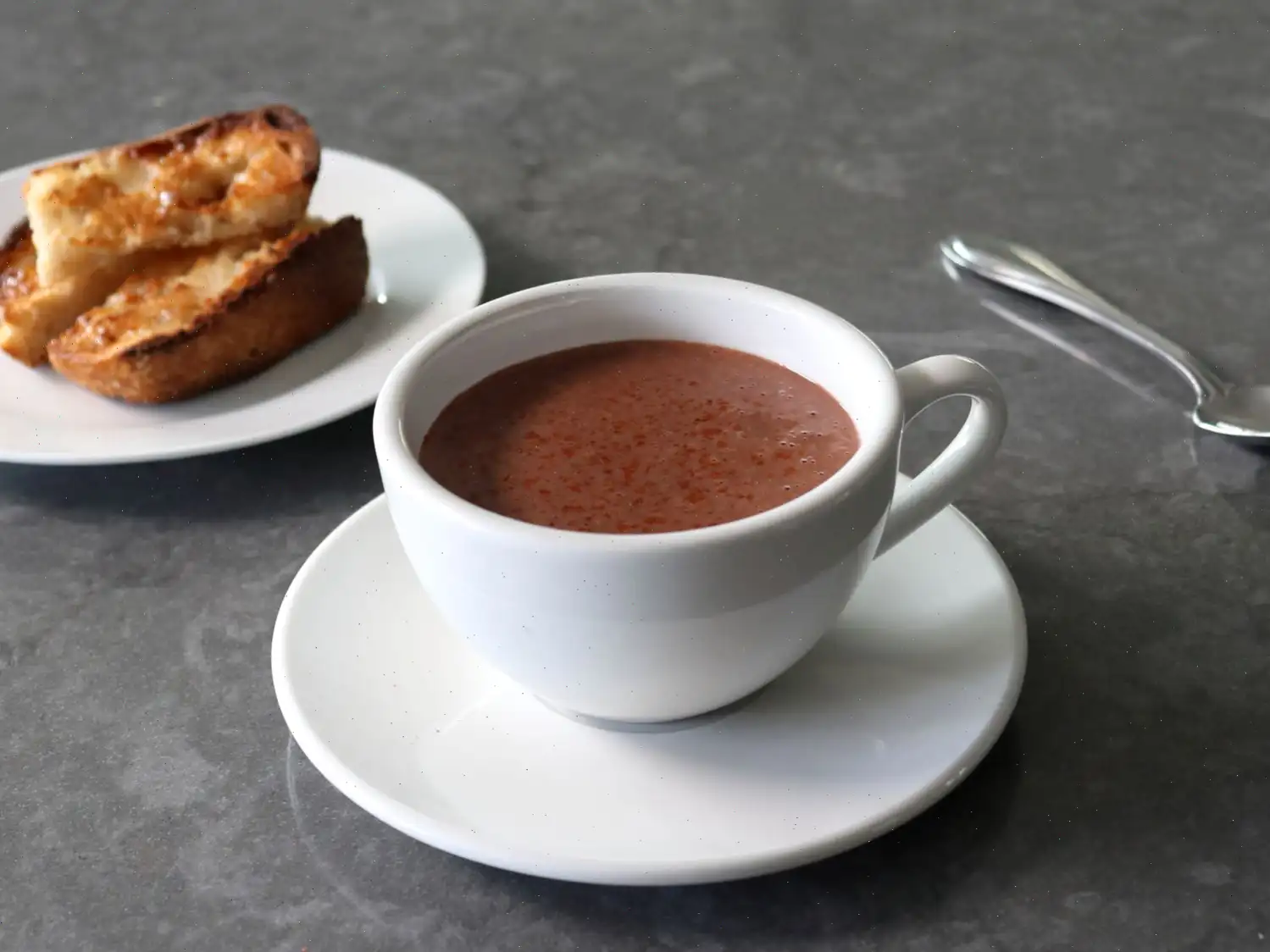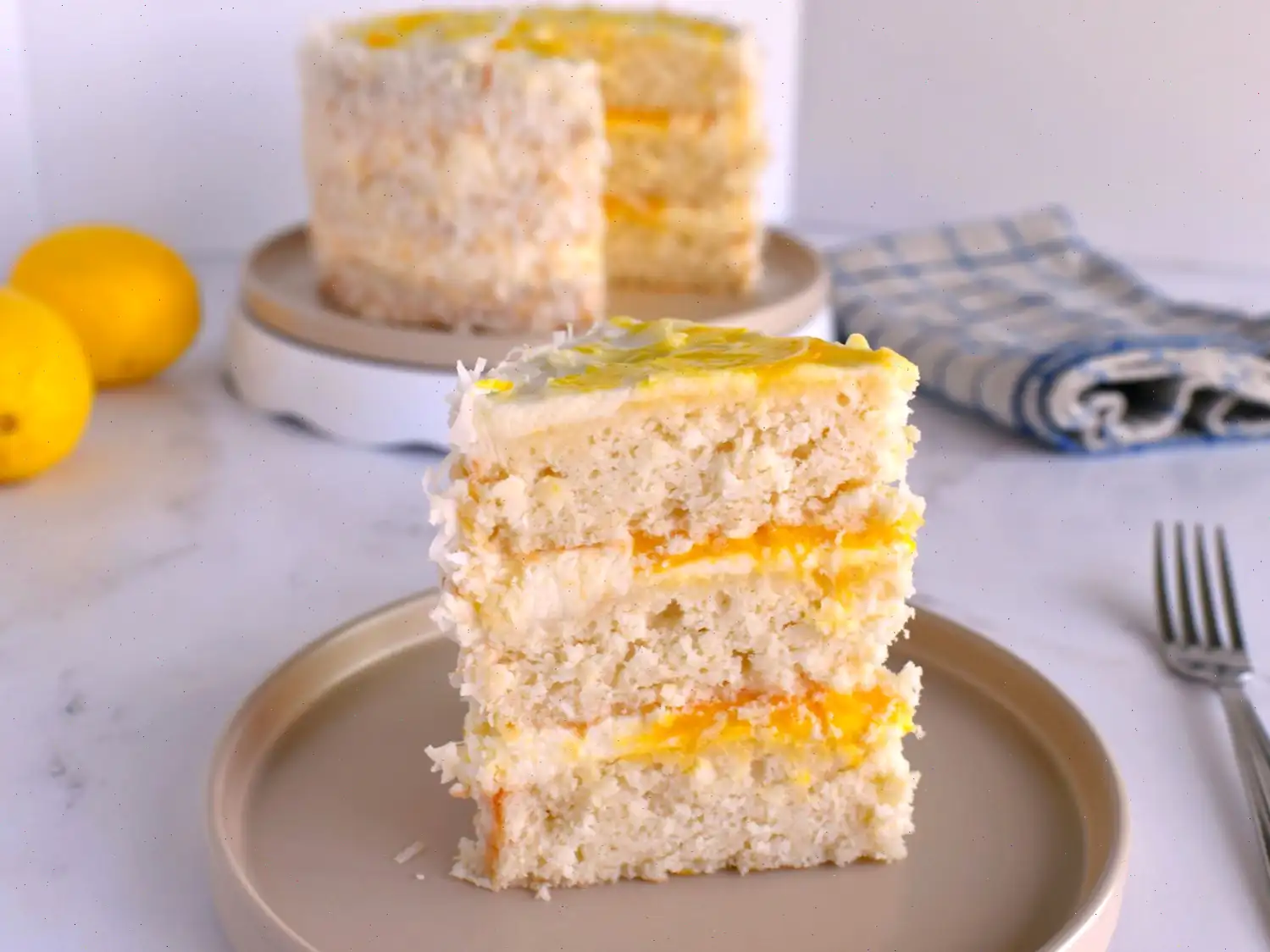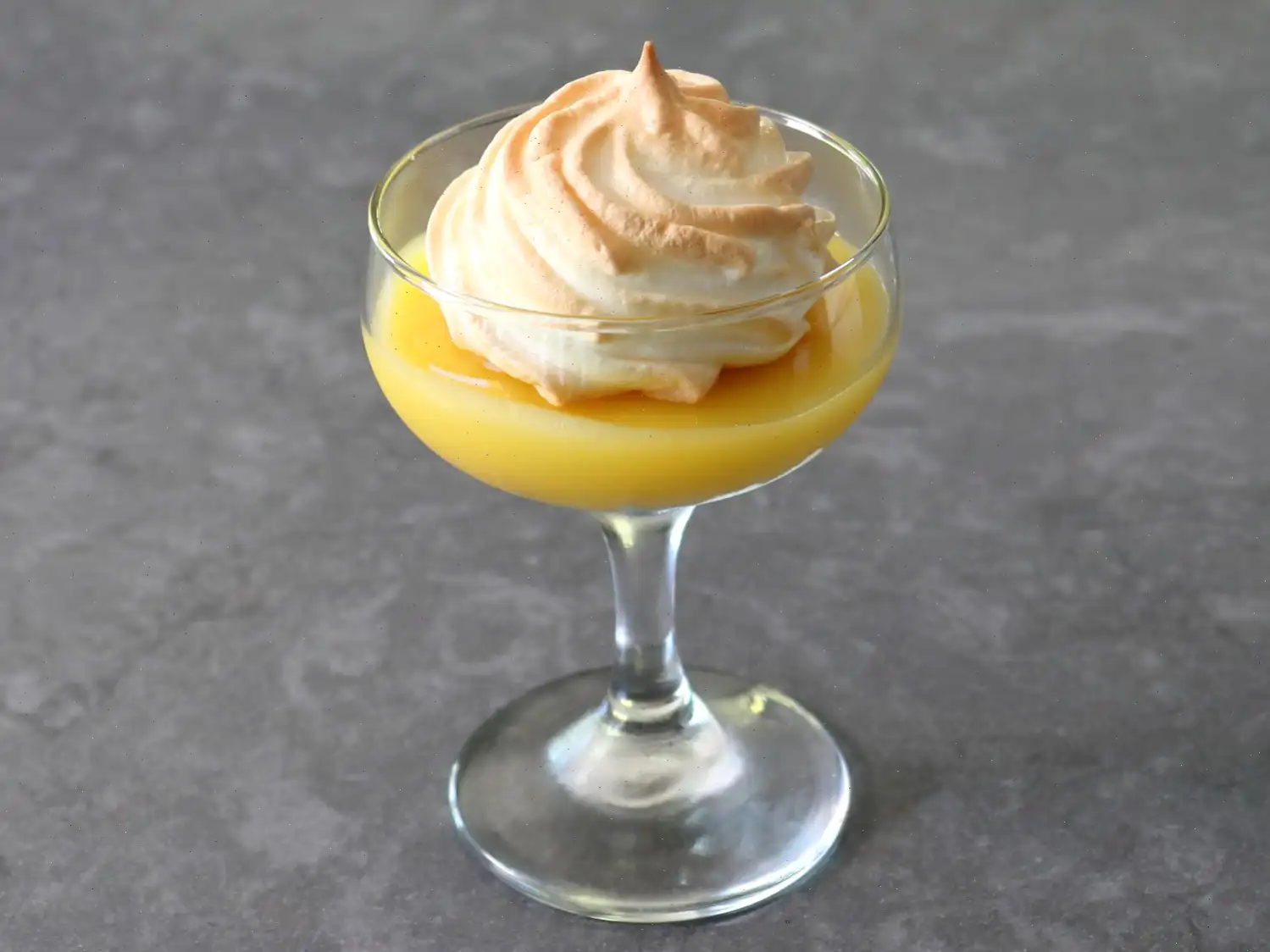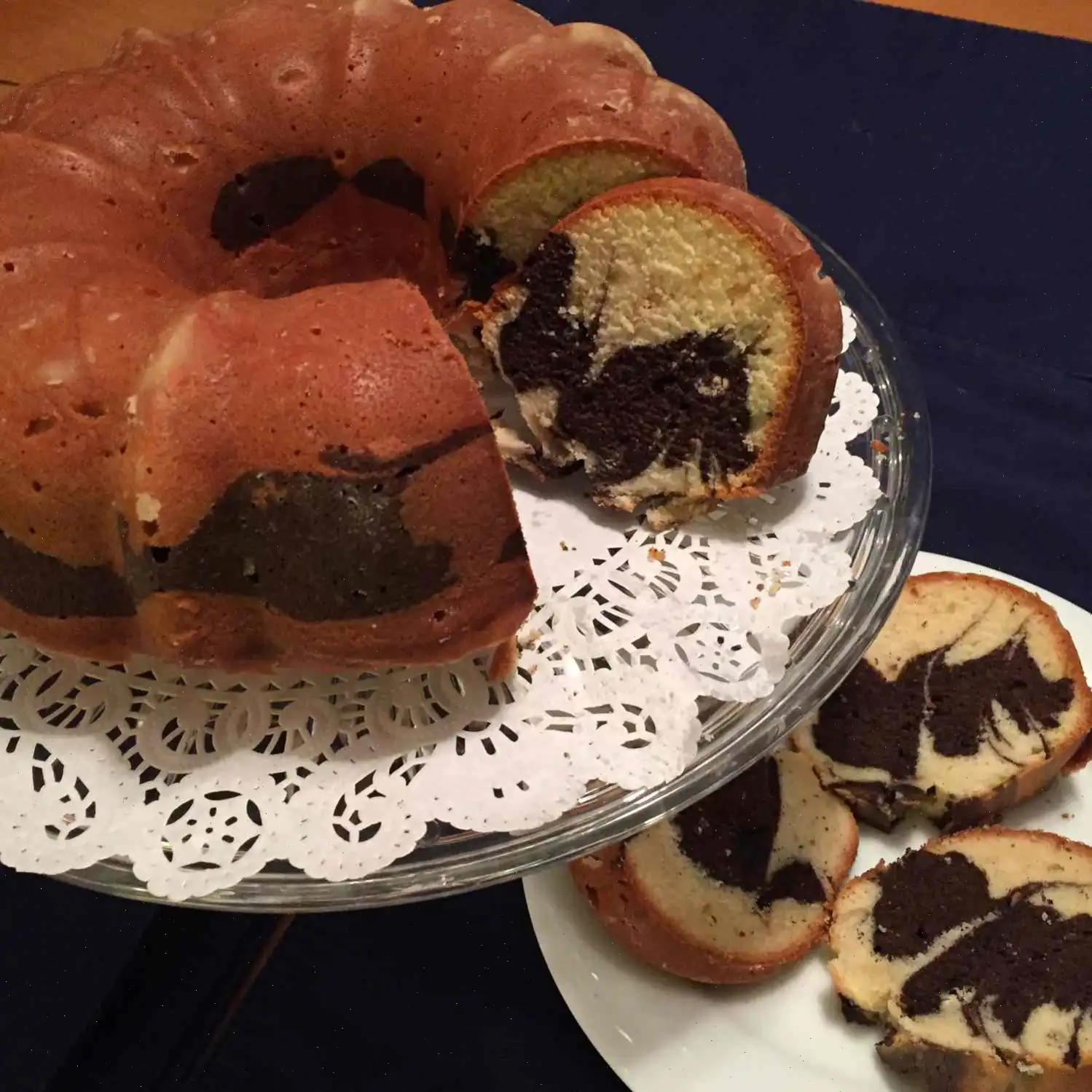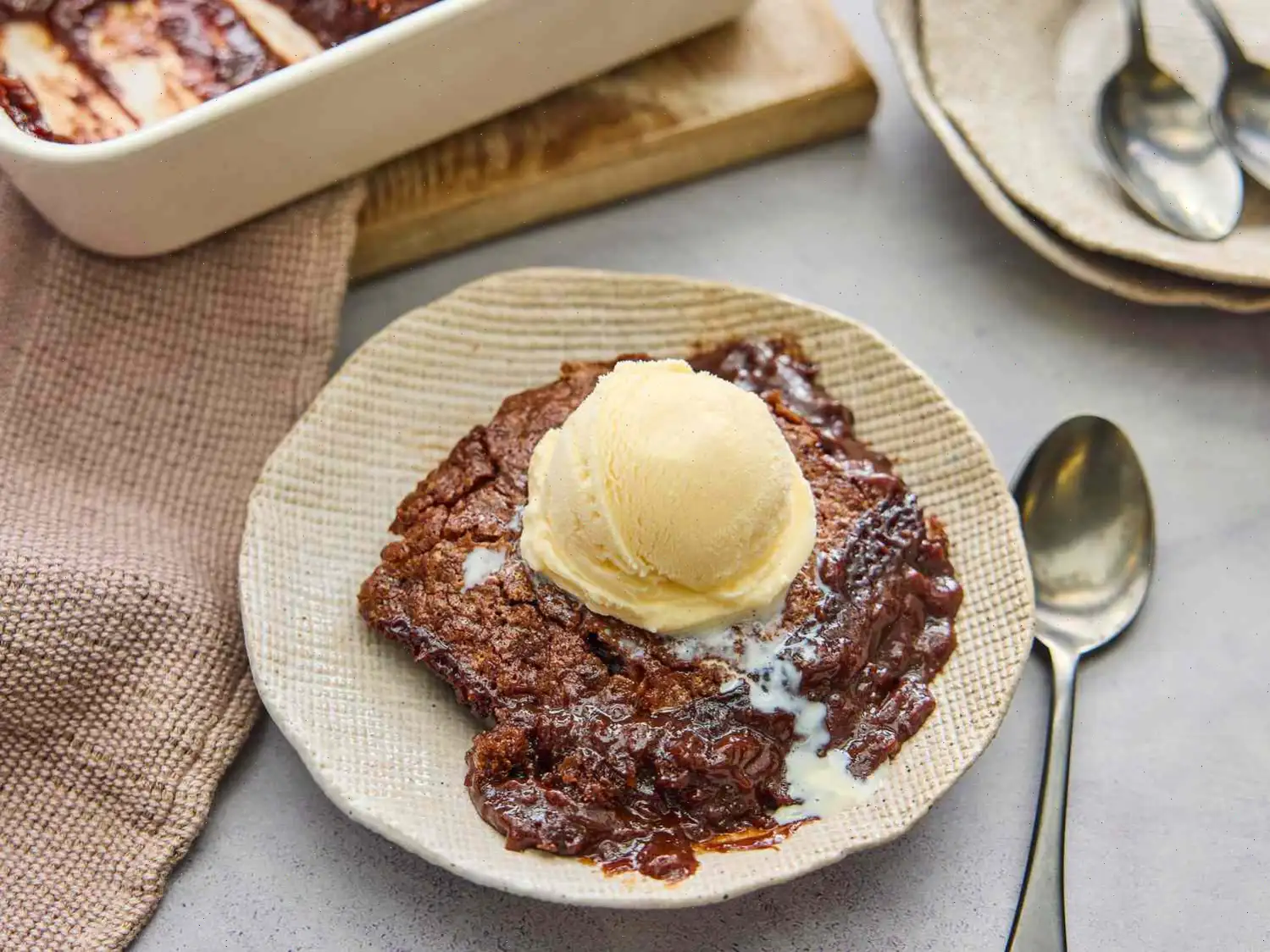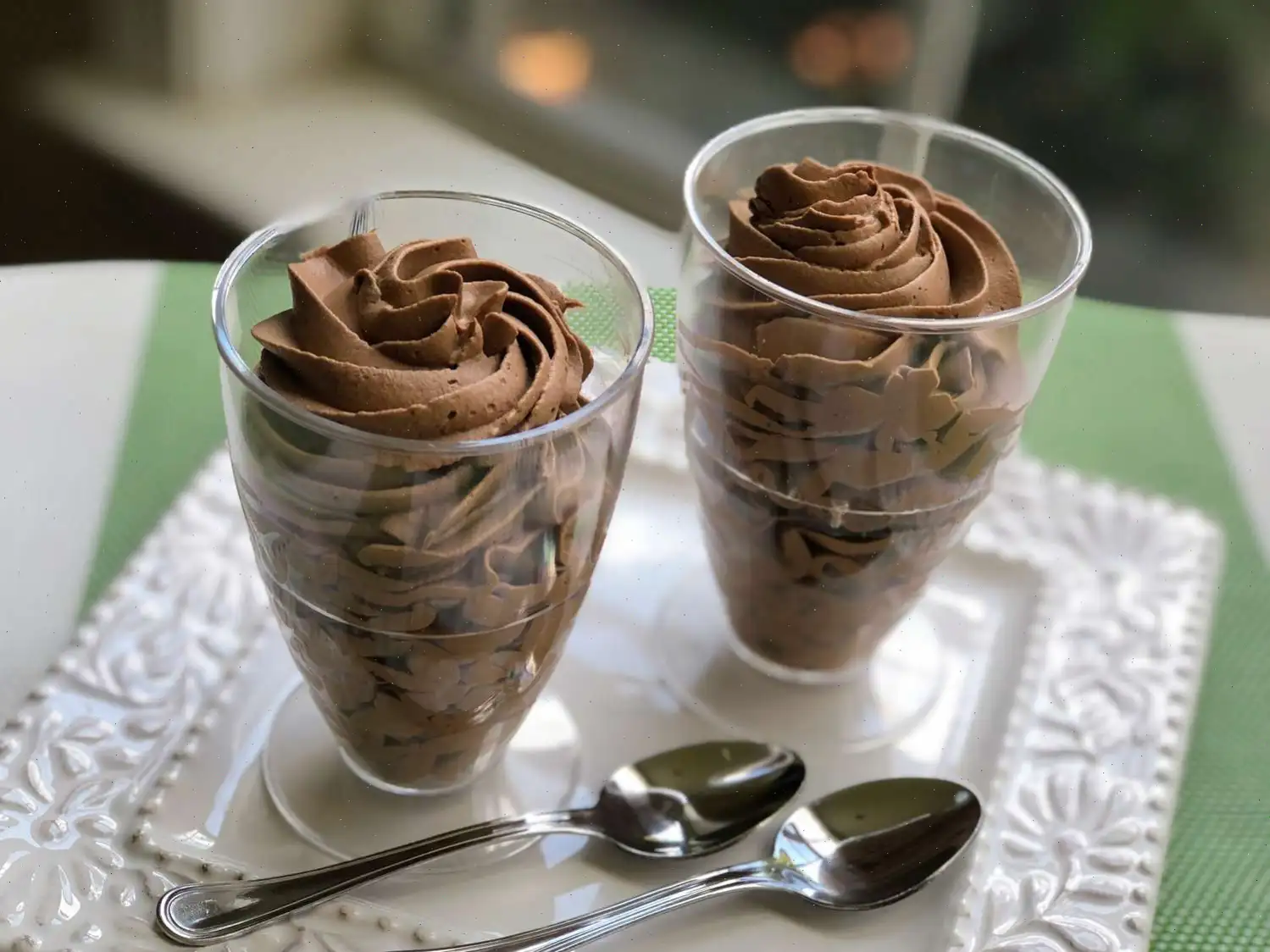
Spanish-Style Hot Chocolate Recipe
This Spanish-Style Hot Chocolate recipe strikes the perfect balance between decadence and drinkability. Its thick enough to satisfy but smooth enough to savor, making it ideal for a cozy cup of hot chocolate. The original Spanish version is quite thick, almost pudding-like, but weve tweaked it to make a version thats just the right consistency for sipping. If you're in the mood for something richer, you can easily adjust the thickness. The result is an intensely chocolaty experience thats not overwhelming. Experiment with your desired consistency and enjoy!
Ingredients
- 4 ounces dark chocolate (70% cacao), broken or cut into 1/2-inch pieces
- 2 1/4 cups whole milk
- 2 teaspoons white sugar (or to taste)
- 1 pinch of salt
- 1/2 teaspoon cornstarch
- Cayenne pepper (to garnish, optional)
Directions
Step 1: Break up the dark chocolate into small pieces and set aside.
Step 2: In a medium saucepan, add the milk, sugar, salt, and cornstarch. Whisk thoroughly to combine all ingredients.
Step 3: Place the saucepan over medium to medium-high heat. Cook the mixture while stirring continuously until it begins to simmer, making sure the milk doesnt boil over.
Step 4: Once the milk starts to simmer, remove the saucepan from the heat. Quickly whisk in the chopped chocolate, stirring until it is completely melted and fully emulsified.
Step 5: Serve immediately in warm cups, optionally garnished with a pinch of cayenne pepper for a spicy kick.
Cook's Notes
This version is the thinner, drinkable kind of Spanish Hot Chocolate. If you prefer a thicker, more decadent version (ideal for dipping churros or toasted bread), increase the cornstarch to 1 teaspoon and up the chocolate to 6 ounces.
If you opt for semi-sweet chocolate instead of dark, bittersweet chocolate, reduce the amount of white sugar to taste to avoid making it too sweet.
Nutrition Facts (per serving)
- Calories: 216
- Total Fat: 14g (18% Daily Value)
- Saturated Fat: 8g (40% Daily Value)
- Cholesterol: 7mg (2% Daily Value)
- Sodium: 65mg (3% Daily Value)
- Total Carbohydrate: 18g (7% Daily Value)
- Dietary Fiber: 3g (11% Daily Value)
- Total Sugars: 12g
- Protein: 4g (8% Daily Value)
- Vitamin C: 0mg
- Calcium: 90mg (7% Daily Value)
- Iron: 3mg (19% Daily Value)
- Potassium: 286mg (6% Daily Value)
* Percent Daily Values are based on a 2,000-calorie diet. Your daily values may be higher or lower depending on your calorie needs. Nutrient information is not available for all ingredients.
Spanish-Style Hot Chocolate is a beloved treat, known for its rich, velvety texture and indulgent chocolate flavor. Unlike the more familiar thin, watery hot chocolate found in many parts of the world, Spanish hot chocolate stands out with its thick, almost pudding-like consistency. This unique variation of hot chocolate has a long history and regional variations that make it a true reflection of Spanish culture and culinary tradition.
Origin and History
The origins of Spanish-style hot chocolate can be traced back to the Aztecs, who were among the first to cultivate cacao. When Spanish conquistadors, including Hernn Corts, arrived in the Americas in the 16th century, they brought cacao beans back to Spain. The Spanish, with their fondness for sweet and spiced beverages, adapted the Aztec recipe by adding sugar, cinnamon, and other spices, thus creating a drink that was both luxurious and comforting. By the 17th century, Spanish hot chocolate had become a popular indulgence in Spanish society, often enjoyed as a lavish treat in the mornings or during social gatherings.
Regional Differences
While Spanish-style hot chocolate is enjoyed across Spain, there are some regional differences in how it is served. In Madrid, it's common to pair the drink with churrosfried dough pastries that are dipped into the hot chocolate. In contrast, in other parts of Spain, it might be served with a slice of cake or a sweet pastry. The richness of Spanish hot chocolate makes it versatile: in some regions, it's even served as a dessert or a thicker version to be eaten with a spoon, more like a chocolate mousse than a beverage.
Distinguishing Features
Spanish hot chocolate is significantly thicker than the typical hot chocolate served in other countries. This is largely due to the use of cornstarch, which gives the drink its luxurious texture. Unlike the thin, watery hot chocolate many are used to, Spanish hot chocolate is almost a dessert in itself, rich and dense, with a smooth and creamy consistency. The addition of cayenne pepper or other spices also distinguishes it from other versions of hot chocolate, offering a subtle heat that complements the sweetness of the chocolate.
Where It's Served
Spanish-style hot chocolate is most commonly enjoyed in Spain, particularly during colder months. It's often served as a breakfast drink or as a mid-afternoon snack, particularly when churros are involved. Many cafes and chocolateras in Spain specialize in this decadent treat, where locals and tourists alike can indulge in a warm cup of this chocolatey goodness. In the colder northern regions, it serves as a perfect remedy to the chilly weather, while in the rest of the country, it remains a beloved tradition throughout the year.
Fun Facts
- Spanish hot chocolate is often considered a healthy indulgence due to the high levels of antioxidants found in dark chocolate.
- The drink is not only enjoyed in Spain but has spread to various parts of Latin America, with regional variations in preparation and flavor.
- Historically, hot chocolate was reserved for the elite in Spain, and it wasn't until the 18th century that it became a common treat for all social classes.
- Spanish hot chocolate was once used as a medicinal drink, thought to have therapeutic benefits, particularly for digestive issues.
FAQ about Spanish-Style Hot Chocolate Recipe
Comments
Gary Williams
12/09/2024 02:19:29 AM
Absolutely delightful experience! To make it even more special, I decided to enhance it with a small splash of a particular orange-infused brandy and a dollop of rich French vanilla ice cream. Thank you, Chef, for this wonderful treat!
Gary Cruz
08/09/2022 09:46:24 AM
Review: Great! I decided to try out various chocolate varieties. This time, I used 85% cacao, which I found a bit intense. The addition of cayenne pepper really spiced things up and added a delicious kick. I'm excited to explore more recipes combining chocolate and cayenne pepper; Chef John has a fantastic selection! I learned that cayenne pepper has many health benefits, including relieving nerve pain, and that dark chocolate is rich in antioxidants. Thank you, Chef! Next time, I'll definitely pair this with toasted sourdough bread.
Frank Scott
04/06/2023 06:51:23 AM
Simple to prepare, incredibly decadent with the perfect balance of sweetness.


